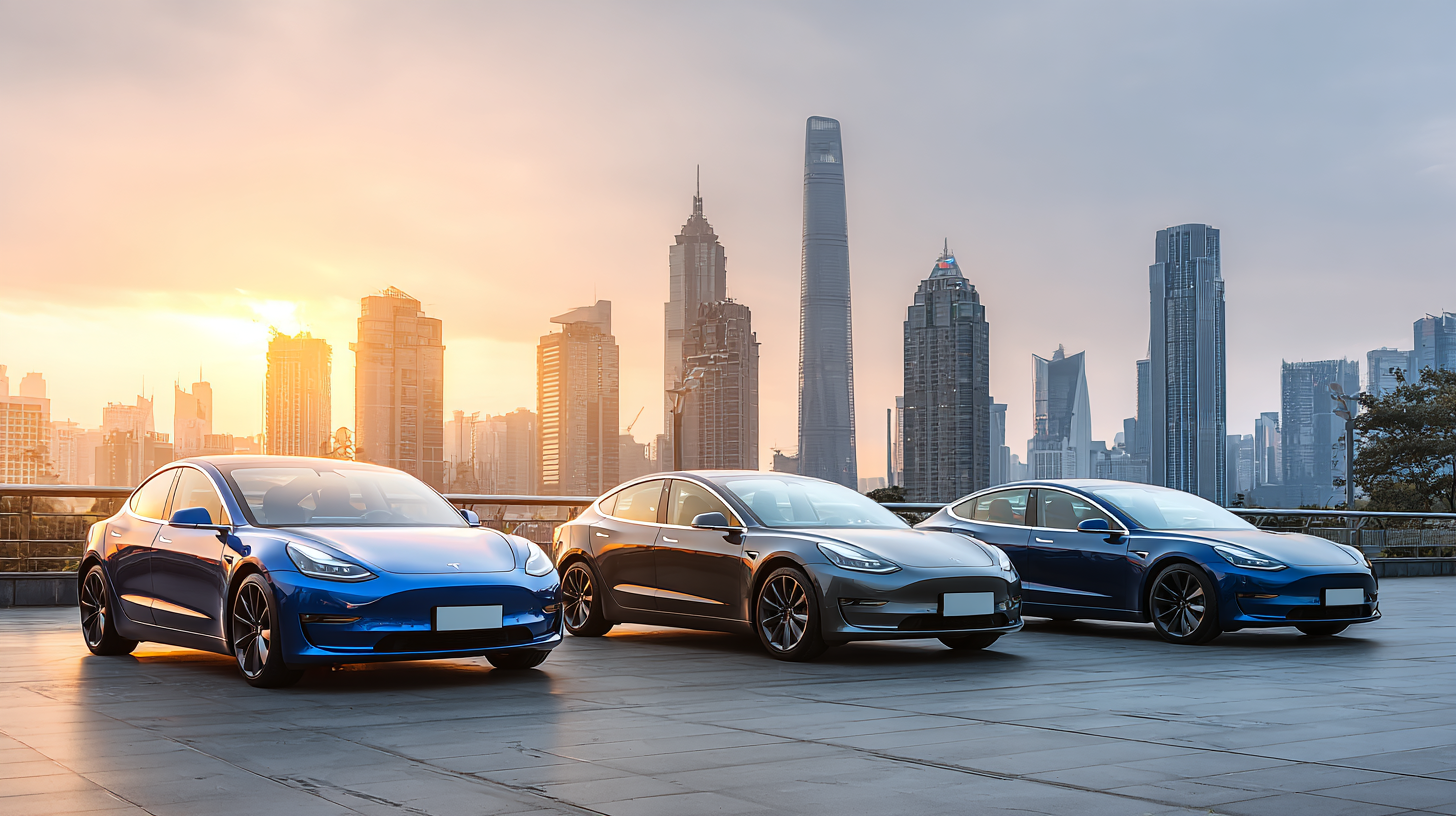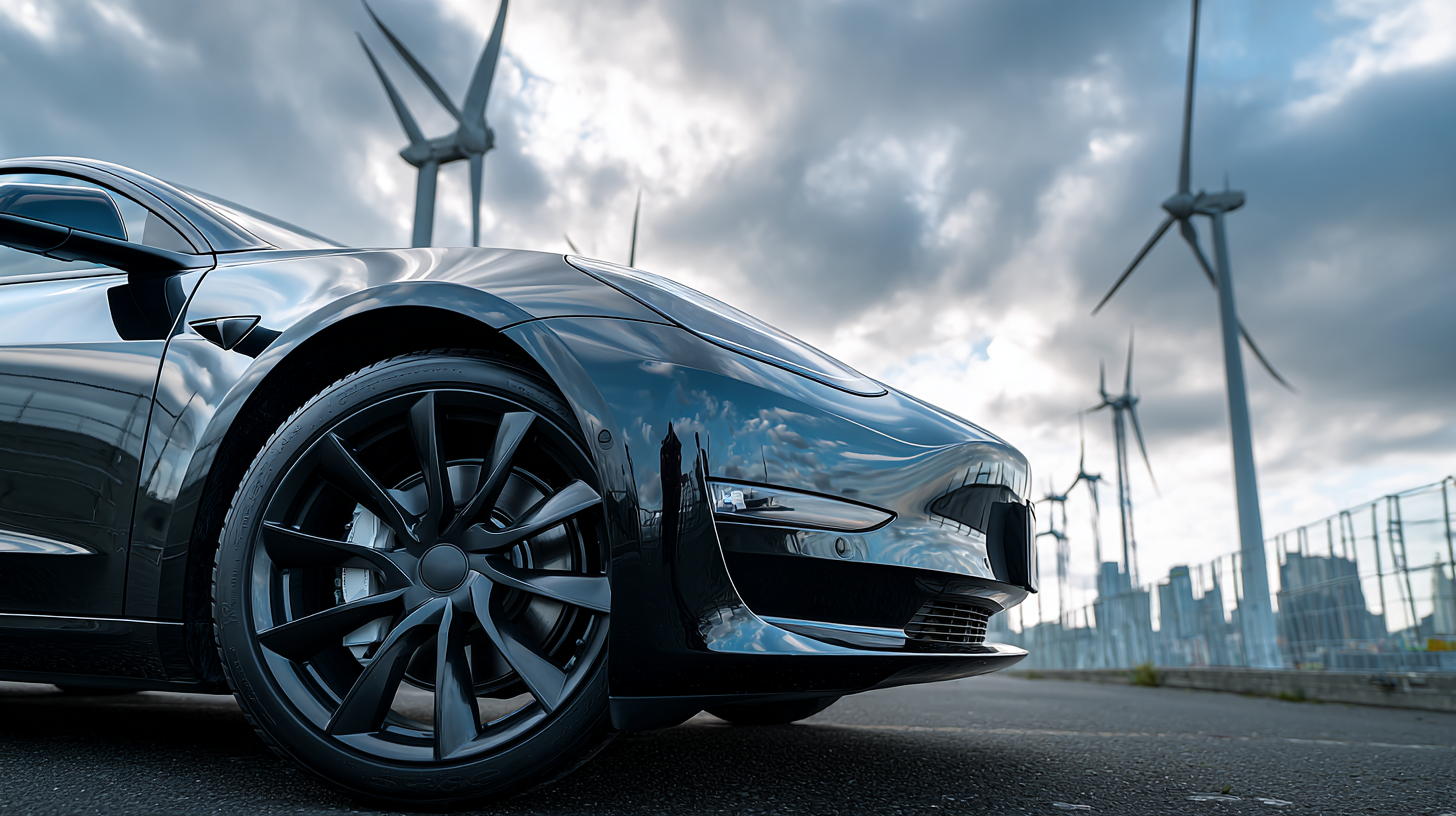Leave Your Message
As global concerns about climate change and energy sustainability escalate, the automotive industry is witnessing a significant shift towards Energy Cars, which prioritize electric and hybrid technologies. According to a report by the International Energy Agency (IEA), global electric car sales surged to over 6.6 million units in 2021, representing a staggering 108% increase compared to the previous year. Furthermore, projections indicate that by 2030, electric vehicles could account for nearly 30% of all car sales worldwide, driven by advancements in battery technologies and charging infrastructure. Choosing the right Energy Car is not just about environmental responsibility; it also entails aligning the vehicle with your personal lifestyle, driving habits, and financial considerations. This guide will explore essential factors to consider, helping you navigate the rapidly evolving market of Energy Cars to find the model that best meets your needs.

When selecting an energy-efficient car, understanding your driving habits and daily mileage requirements is crucial. According to the U.S. Department of Energy, the average American drives about 13,500 miles per year, which breaks down to approximately 37 miles per day. If your daily commute is significantly lower than this average, you may want to consider an electric vehicle (EV) with a shorter range, as many models now offer ranges adequate for everyday driving without the need for frequent recharging.
For those with longer daily commutes or frequent road trips, it’s vital to consider the range of the vehicle and access to charging stations. The U.S. Energy Information Administration reports that nearly 80% of EV charging occurs at home, so if you have access to a charging station, owning an EV or plug-in hybrid could vastly simplify your lifestyle. However, if charging infrastructure in your area is limited, opting for a hybrid or plug-in hybrid may provide the flexibility you need without the constant concern about battery life. Thus, knowing your driving distance and charging convenience can help you choose the right energy vehicle tailored to your lifestyle.
When choosing the right energy car for your lifestyle, evaluating the electric vehicle (EV) range and the availability of charging infrastructure is crucial. The range of an electric vehicle indicates how far it can travel on a single charge, which directly impacts your daily commuting, weekend trips, and long-distance journeys. It is essential to assess your typical driving patterns and select a model that accommodates your needs without anxiety over battery depletion. For urban dwellers, a standard range may suffice, while frequent highway drivers might need a vehicle with extended capabilities.
In addition to range, the availability and accessibility of charging stations are critical factors to consider. Research local charging infrastructure, including home charging options, public charging stations, and fast chargers along your preferred routes. Understanding the distribution and types of chargers—ranging from Level 1 home chargers to Level 3 DC fast chargers—can significantly influence your experience as an EV owner. By ensuring that you have convenient access to charging facilities, you can enjoy the benefits of driving an electric vehicle without the worry of limited range.

When considering the right energy car for your lifestyle, understanding energy efficiency ratings is crucial. One key metric to assess is the kilowatt-hours (kWh) consumed per mile driven. Cars with lower kWh per mile are typically more efficient, indicating they use less energy to travel the same distance. This efficiency not only translates to cost savings on electricity bills but also contributes to reduced strain on the electric grid. For potential buyers, comparing models based on this metric can provide significant insight into their long-term operational costs and overall environmental impact.

In addition to kWh per mile, it’s essential to consider the broader environmental implications of owning an energy-efficient vehicle. Factors such as the source of the electricity used to charge the vehicle and the vehicle's lifecycle emissions play a significant role. For instance, a car charged from renewable sources like solar or wind energy offers substantial environmental benefits. Conducting thorough research into both the energy efficiency ratings and the environmental impact can ensure that your choice aligns not only with your personal needs but also with your sustainability goals.
When selecting the right energy car, it's essential to understand the total cost of ownership, which goes beyond the initial purchase price. Recent trends indicate that by as early as next year, electric vehicles (EVs) may become less expensive than traditional gasoline cars. This dramatic shift highlights the importance of evaluating long-term savings against upfront costs. For example, a new compact electric vehicle is priced between 62,800 and 87,800, attracting attention not only for its price but also for innovative post-sale services that enhance value for consumers.
Moreover, advancements in battery technology are expected to drive costs down significantly over the next several years. Reports suggest that by 2026, battery costs could decrease by nearly 50%, making it more economical to replace batteries than engines by 2030. This prediction underscores the need for consumers to consider the longevity and efficiency of energy cars when making a purchasing decision. Ultimately, the balance between initial investment and long-term savings will be decisive for consumers as they navigate the evolving automotive landscape.
| Car Type | Purchase Price ($) | Annual Fuel Cost ($) | Maintenance Cost/Year ($) | Insurance Cost/Year ($) | Total Cost Over 5 Years ($) | Estimated Resale Value ($) | Net Cost Over 5 Years ($) |
|---|---|---|---|---|---|---|---|
| Electric Vehicle | 35,000 | 500 | 300 | 1,200 | 44,500 | 20,000 | 24,500 |
| Hybrid Vehicle | 30,000 | 800 | 350 | 1,000 | 41,500 | 15,000 | 26,500 |
| Conventional Gas Vehicle | 25,000 | 1,200 | 400 | 900 | 40,100 | 10,000 | 30,100 |
When considering an energy-efficient vehicle, it's crucial to explore the various incentives and rebates available to maximize your investment. Recent legislation, including the Inflation Reduction Act, allocates significant funding—up to $4.5 billion—to support consumers purchasing new electric appliances and vehicles. In states like Pennsylvania, potential buyers can tap into tax credits and local rebates specifically aimed at encouraging the transition to electric vehicles (EVs). According to industry reports, the adoption of EVs is anticipated to increase by over 30% in the coming decade, driven in part by these financial incentives.
Additionally, smart technology is reshaping the landscape of energy efficiency in vehicles and homes alike. Research highlights that integrating smart thermostats can lead to energy savings of up to 25% for HVAC systems, which can directly influence the overall cost of operating an electric vehicle. By leveraging these emerging technologies and utilizing available government rebates and incentives, consumers can not only improve their carbon footprint but also realize substantial financial savings over time.






